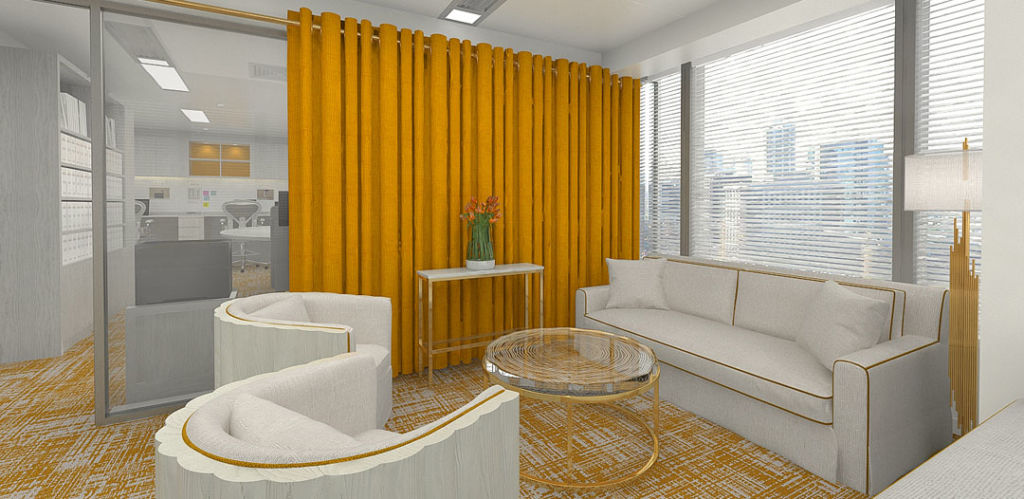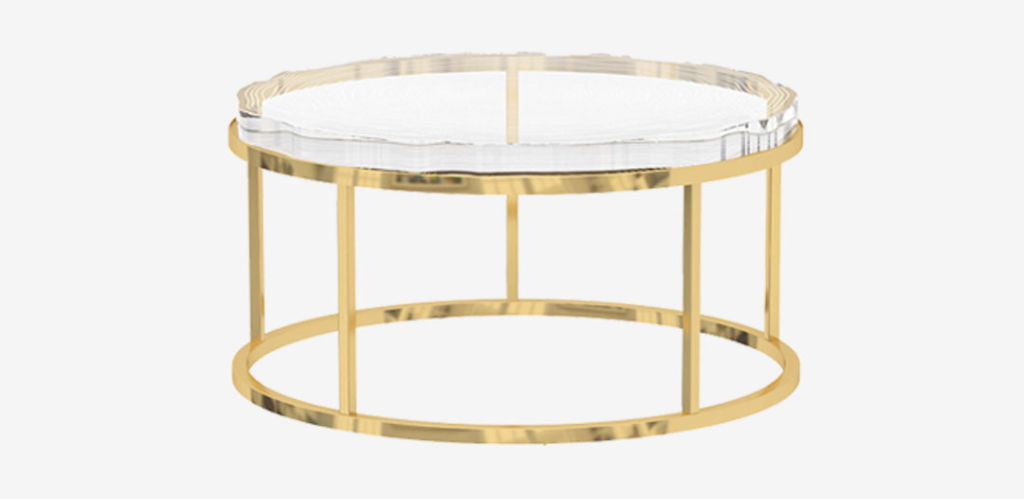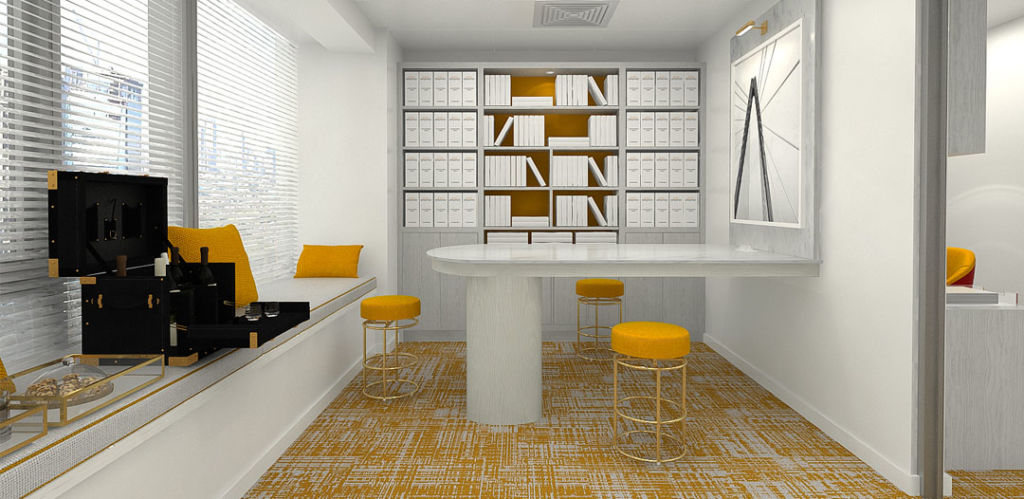Have you ever fallen in love with a magnificent new home or luxurious high-rise condominium based on the Real Estate Brochure? Practically felt the upholstery envelop you, sensed the smoothness of the hardwood floors underneath your feet or bathed in the natural light from the windows? Chances are the object of your affection was the product of a digital 3D rendering. Don’t feel bad, these computer generated renderings take a designer’s interior ideas from concept to an almost photographic like image that even fool the pros.
Historically, architectural renderings were laboriously created by hand utilizing various tools such as watercolor paint, goauche, and graphite, charcoal and/or colored pencils. In fact some traditional architectural illustrators still render by hand while others use a slightly more modern approach by combining hand drawing/painting with computer generated color or line work for their renderings. Completely digital 3D renderings can vary from simple forms showing a few shadows to a photo real rendering that can create almost lifelike lighting and textures. While a game changer for marketing and presentation, 3D renderings are also helpful for analysis and fine-tuning of design details.

So how, you may ask, does the actual rendering process work?
These are the steps that make the 3D rendering magic happen:
- Using modeling software, the artist creates the raw unrefined 3D model of an object or environment utilizing geometric shapes and tools. This is the digital version of a physical model.
- Next they digitally apply materials and texturing to the raw 3D model(s) to create a realistic image. Picture a raw square box becoming a wooden coffee table by adding finishes with wood grain textures incorporated.

- The artist then sets the lighting to replicate a real world situation. Using various types of lighting and its origin creates realistic and alluring shadows, much like a photographer would do before a photo shoot.
- Finally the artist is ready to render the image with the use of rendering software. This melds all the layers, placements of textures, and lighting to generate a virtual photo realistic rendering. This virtual photo can take anywhere from seconds to hours depending on the complexity and desired quality. If editing is needed, the artist can render in a low-resolution format to speed the process along.
- An optional post production software, like Photoshop, touches up the final product for a more enhanced appearance.
- Once approved, final 3D rendered images can be provided in several formats (jpeg, high-resolution raw files etc) based on the client’s needs.

A true cherry on top of any presentation, the 3D rendering software is commonly used in the interior design/architecture industry and is extremely beneficial for providing clarity to the audience when presenting a full design idea. So if you are looking for a luxury furniture design company experienced with 3D rendering, look no further than Eric Brand, where our staff creates renderings daily for both individual items and items depicted in specific room environments.
While a picture is worth a thousand words, the life-like image from a 3D rendering truly leaves one speechless.